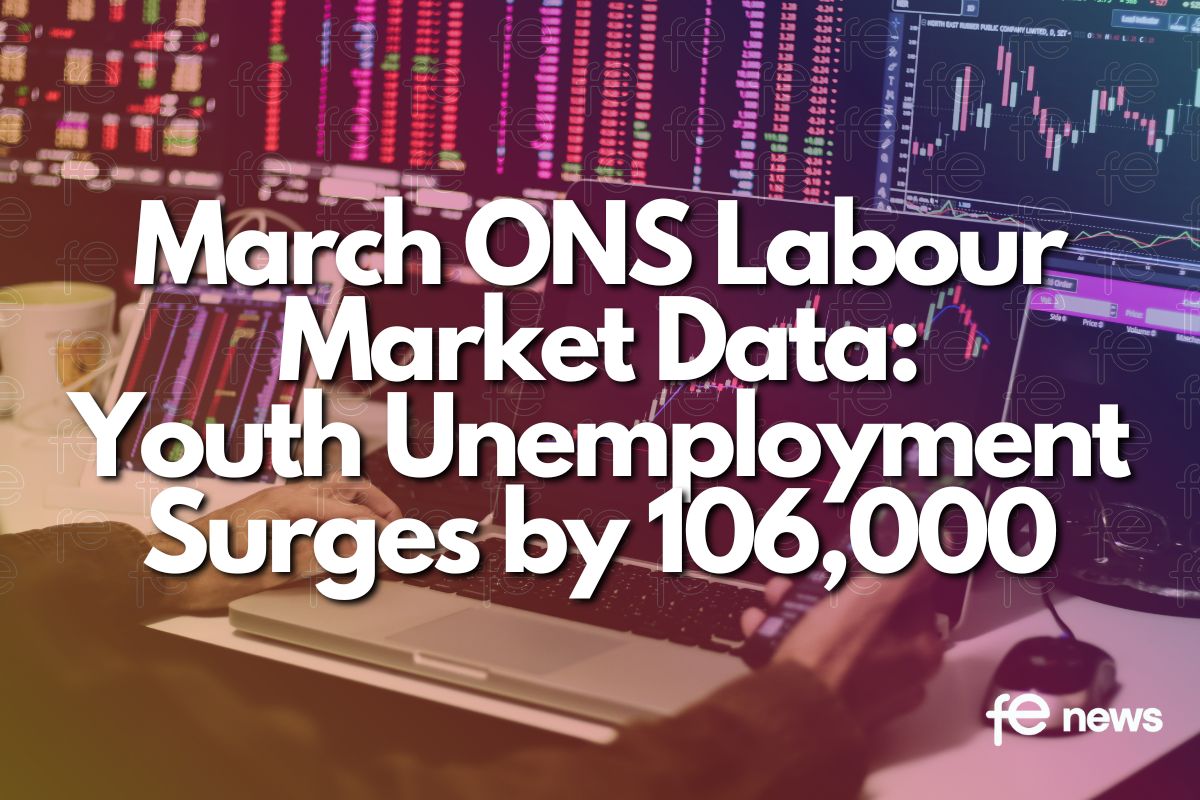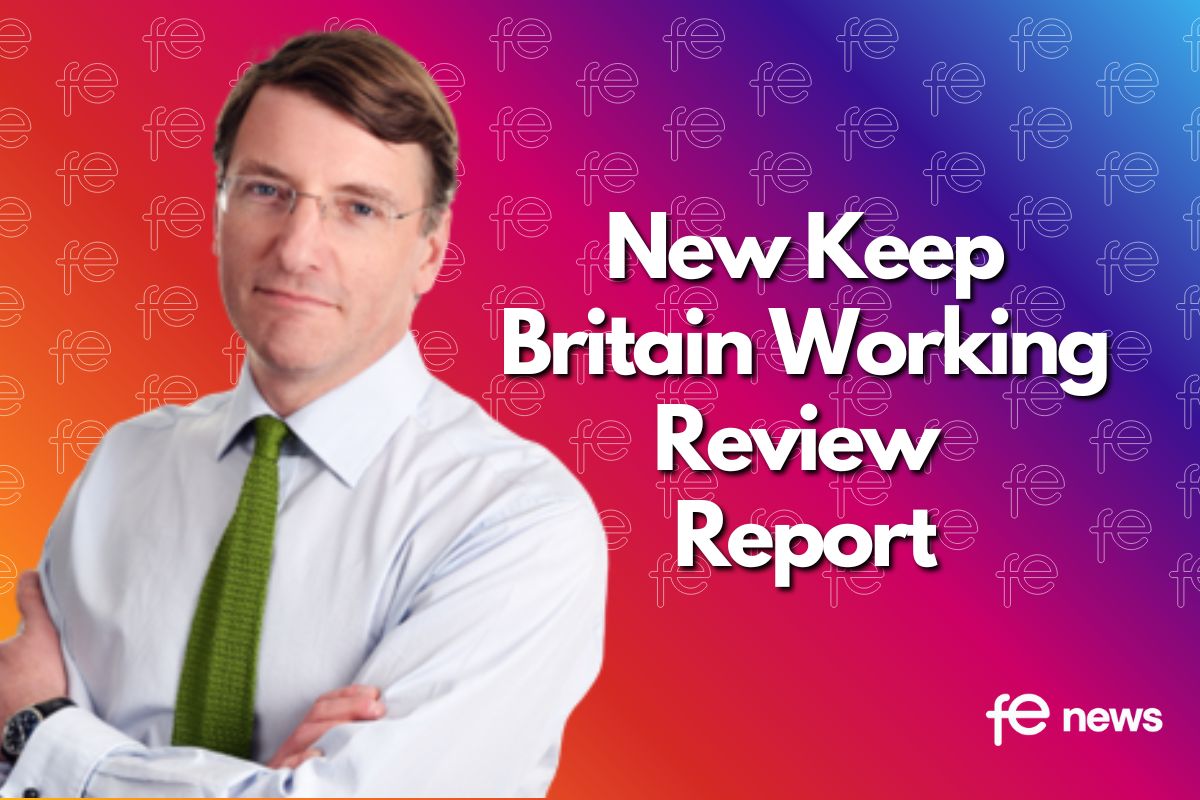HR trends for 2022

From innovative recruitment to building a skills taxonomy and re-onboarding, HR software provider CIPHR has released its list of top strategic HR trends and predictions for 2022.
Claire Williams, chief people officer at CIPHR, says: “In 2021, many organisations proved beyond any doubt that they could successfully work remotely in some way, whether that’s 100% remote or following a hybrid working model. One of the huge positives of the work from home mandate during the pandemic is that many employers now accept and trust that those employees who can work from home can be productive and do their jobs well. On the flipside, there’s also a growing number of employees who prefer – or indeed benefit from – being in an office or workplace environment.
“The challenge now – in 2022 – is to strike a balance in achieving the best of both worlds – one that works for employees and employers. Organisations especially need to consider how best to ensure that employees continuing working from home – some or all of the time – are actively engaged and benefit from a healthy mix of collaborative working and vital social connectivity.
“Many of the trends outlined by CIPHR for the year ahead focus on attracting, retaining, and empowering employees. The priorities for HR leaders, as we continue to adapt and navigate this new world of work, is to ensure that they continue to keep their people strategy high on the agenda and to think broadly in terms of all the factors that contribute to a healthy, growing, successful organisation through their people.”
Internal talent marketplace
Why compete for external talent when you could reskill and redeploy existing employees to help fill the growing skills gap? Organisations need to take advantage of their internal talent marketplace and open career development and job mobility opportunities to existing workers. Enabling employees to learn new skills is a ‘must have’ in terms of talent development and retention this year.
Employee value proposition
Revisit and strengthen your organisation’s employee value proposition (EVP) to ensure it facilitates future recruitment and, more importantly, stem resignations and keep current employees engaged and rewarded. There’s no one-size fits all but good EVP examples include career and development opportunities, non-monetary benefits, market-value salary, and a healthy work-life balance.
Healthy organisations
The past two years have been incredibly challenging for employees, so look beyond traditional health and safety, beyond mental health and beyond Covid mitigation strategies, and include other areas such as physical fitness and wellbeing, shared purpose, equality and diversity, and social connectivity to support your workforce. Taking a broader, more wholistic approach can help organisations become more healthy, successful, and sustainable in the long run.
Innovative recruitment
Organisations need to get more creative if they want to stand out from their competitors and attract the best candidates. Job boards still have their place but social media facilitates a more tailored approach. For example, LinkedIn networking is useful for filling mid-level or senior roles, while software development platform GitHub and Stack Overflow (a Q&A website for developers and technologists) can help find candidates for more technical roles.
Skills taxonomy
The demand for more highly skilled workers will only increase. Organisations need to ensure they know where their skills gaps are, to help them plan ahead to resolve them. One way to do that is by building a skills taxonomy – an easy-to-understand way of structuring and measuring skills to identify the core capabilities and shortages of an organisation.
Shared values
Candidates are becoming much more discerning about who they want to work for and will gravitate towards employers that are open and transparent about their values, purpose, and future goals. They will take into account what messaging and imagery is being conveyed on a corporate social media account. If they don’t relate to what they see, they may not consider applying.
Social connectivity
Social connectivity – where people feel part of a personal network of relationships – plays a huge role in employee engagement, productivity, and ultimately success. Lack of social connectivity – which can be exacerbated by remote working – can impact an individual’s wellbeing, stress levels, and morale.
Diversity, equity, and inclusion (DEI)
HR professionals need to work with their employers to make fundamental changes to processes, minimise or remove the opportunity for bias and create a truly inclusive culture. Better representation of women and ethnic minorities at all levels, in all roles, across all organisations, is vital to ensuring that any existing pay gaps are reduced more quickly. It’s also the best way of ensuring that organisations attract and retain the best employees.
Digital-first mindset
Tech advances have transformed the way many organisations work. In most cases, workplace digitalisation – fast-tracked by the pandemic – has resulted in a lot of benefits. Employers now need to consider how best to recruit candidates that have the right digital skills and a digital mindset. They also need to ensure their existing employees are upskilled on the etiquette and use of these digital tools.
Collaborative workspaces
The shift to more hybrid and remote working will see a change in the use of physical office spaces. Many office buildings will be repurposed as collaborative spaces providing more relaxed areas that encourage creative thinking and social connectivity.
People analytics and ethics
With much HR admin now automated, it’s never been easier to collect people data. But people’s trust has been eroded and data privacy is a growing concern. Organisations that take a more transparent approach to their people analytics, by creating an ethics charter or revealing how and why their data will be used, often see a big uptick in employee trust.
Re-onboarding
Organisations that want to return to full-time office working in 2022 will have the challenge of re-engaging and re-onboarding employees back to the office environment. They’ll need to consider ways to encourage reluctant employees to return to the office, such as flexible working or four-day weeks, for example, to make it as attractive as working from home.
A more in-depth look at HR trends for 2022, featuring CIPHR’s HR and L&D team – chief people officer Claire Williams, head of people Gwenan West, and head of talent Bradley Burgoyne – discussing their thoughts on what’s to come, is available at https://www.ciphr.com/advice/eight-hr-trends-to-embrace-for-2022.











Responses